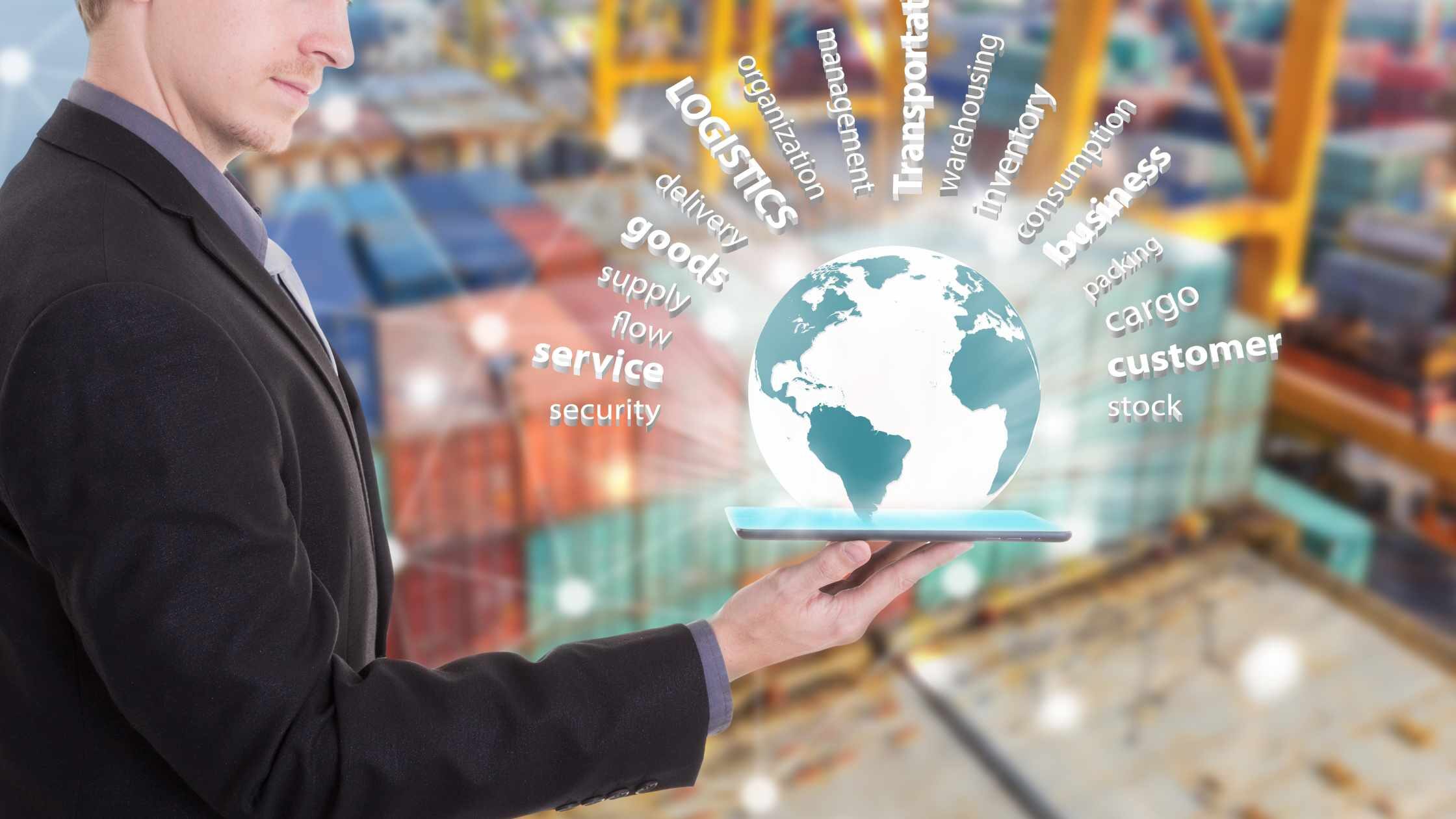Introduction
The global demand for a sustainable future has prompted industries to rethink their processes and adopt eco-friendly practices. The cold chain, a crucial component in the preservation and transportation of perishable goods, is no exception. This blog explores the innovative green cold chain practices that are revolutionizing the field of sustainable refrigeration.
Understanding the Cold Chain
What is the Cold Chain?
The cold chain is a temperature-controlled supply chain that ensures the integrity of perishable products, such as food and pharmaceuticals, from production to consumption. Maintaining specific temperature conditions is critical to preserving the quality and safety of these goods.
The Environmental Impact of Traditional Cold Chain Practices
Conventional Refrigeration and its Drawbacks
Traditional cold chain practices often rely on energy-intensive and environmentally harmful refrigerants. The use of fluorinated gases, such as hydrofluorocarbons (HFCs), contributes significantly to global warming. Additionally, the energy consumption of conventional refrigeration systems is a notable concern.
Innovations in Sustainable Refrigeration
1. Natural Refrigerants
Definition and Benefits
Natural refrigerants, such as ammonia, carbon dioxide, and hydrocarbons, are gaining popularity as alternatives to synthetic options. They have a lower environmental impact and are energy-efficient. Ammonia, for example, has zero global warming potential.
Implementation in Cold Chain
Companies are increasingly adopting natural refrigerants in their cold chain systems to reduce greenhouse gas emissions. This shift not only aligns with environmental goals but also often leads to cost savings over the long term.
2. Energy-Efficient Technologies
Smart Refrigeration Systems
The integration of smart technologies, including IoT (Internet of Things) sensors and advanced analytics, allows for more precise control over the cold chain. Real-time monitoring helps optimize temperature settings, reducing energy consumption while ensuring product safety.
Thermal Energy Storage
Incorporating thermal energy storage systems enables businesses to capitalize on off-peak energy periods. This approach involves storing thermal energy when energy demand is low and utilizing it during peak hours, contributing to overall energy efficiency.
3. Solar-Powered Refrigeration
Harnessing Renewable Energy
Solar-powered refrigeration systems utilize the sun’s energy to power cold storage units. This approach is particularly beneficial in regions with abundant sunlight, providing an eco-friendly alternative to conventional energy sources.
Case Studies
Exploring successful implementations of solar-powered refrigeration in various regions highlights the feasibility and positive outcomes of adopting renewable energy in the cold chain.
4. Green Building Design for Cold Storage Facilities
Sustainable Infrastructure
Innovations in the design and construction of cold storage facilities focus on energy-efficient building materials, insulation, and ventilation systems. These green building practices contribute to reduced energy consumption and environmental impact.
Certification Programs
Certification programs, such as LEED (Leadership in Energy and Environmental Design), guide the construction of sustainable cold storage facilities, ensuring adherence to specific environmental standards.
Conclusion
The adoption of green cold chain practices represents a significant step toward a more sustainable future. From leveraging natural refrigerants to harnessing renewable energy sources, these innovations not only reduce the environmental impact of the cold chain but also often lead to economic benefits for businesses. As industries continue to prioritize eco-friendly solutions, the evolution of sustainable refrigeration practices is set to play a pivotal role in shaping a greener and more responsible supply chain.



